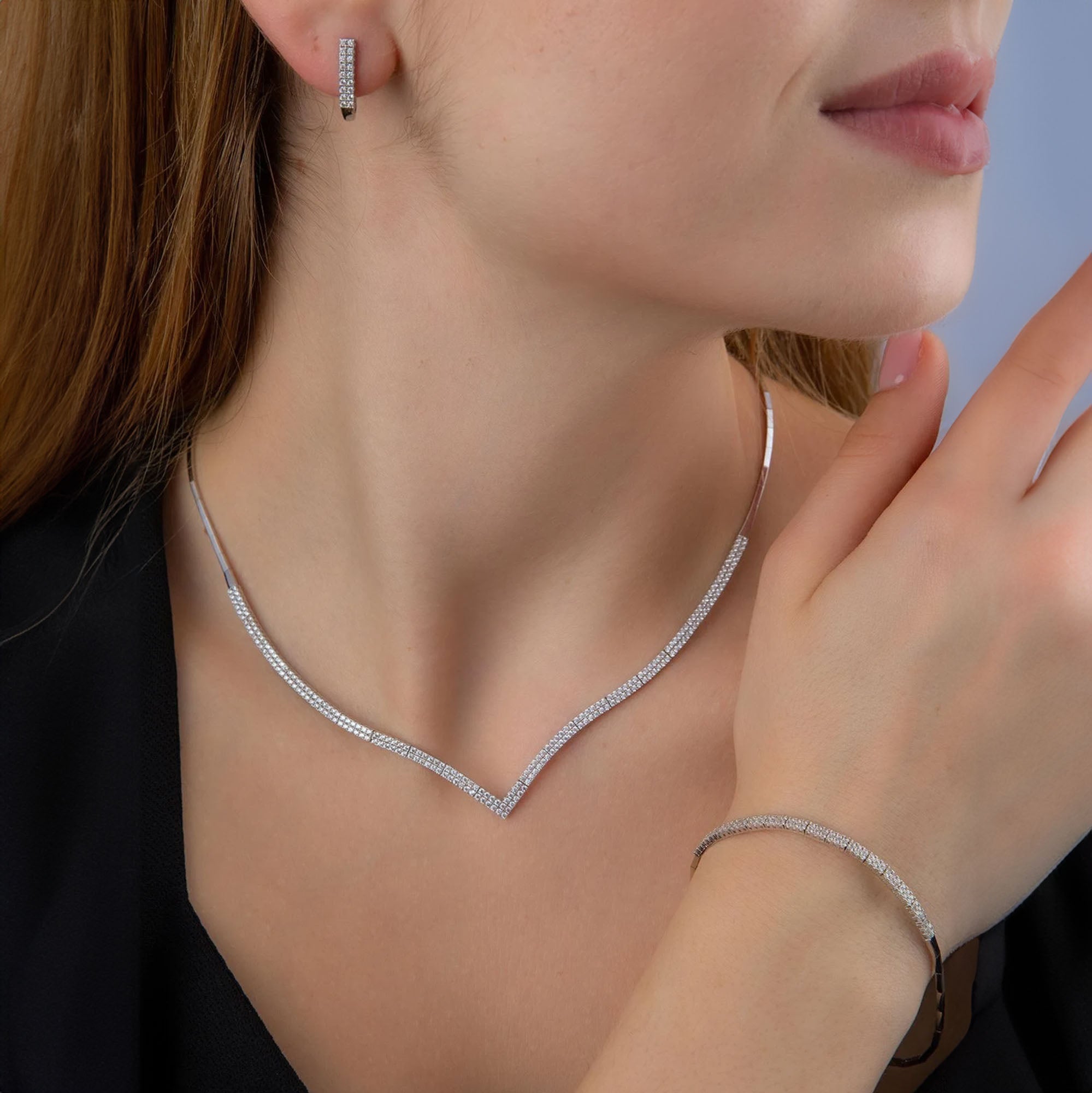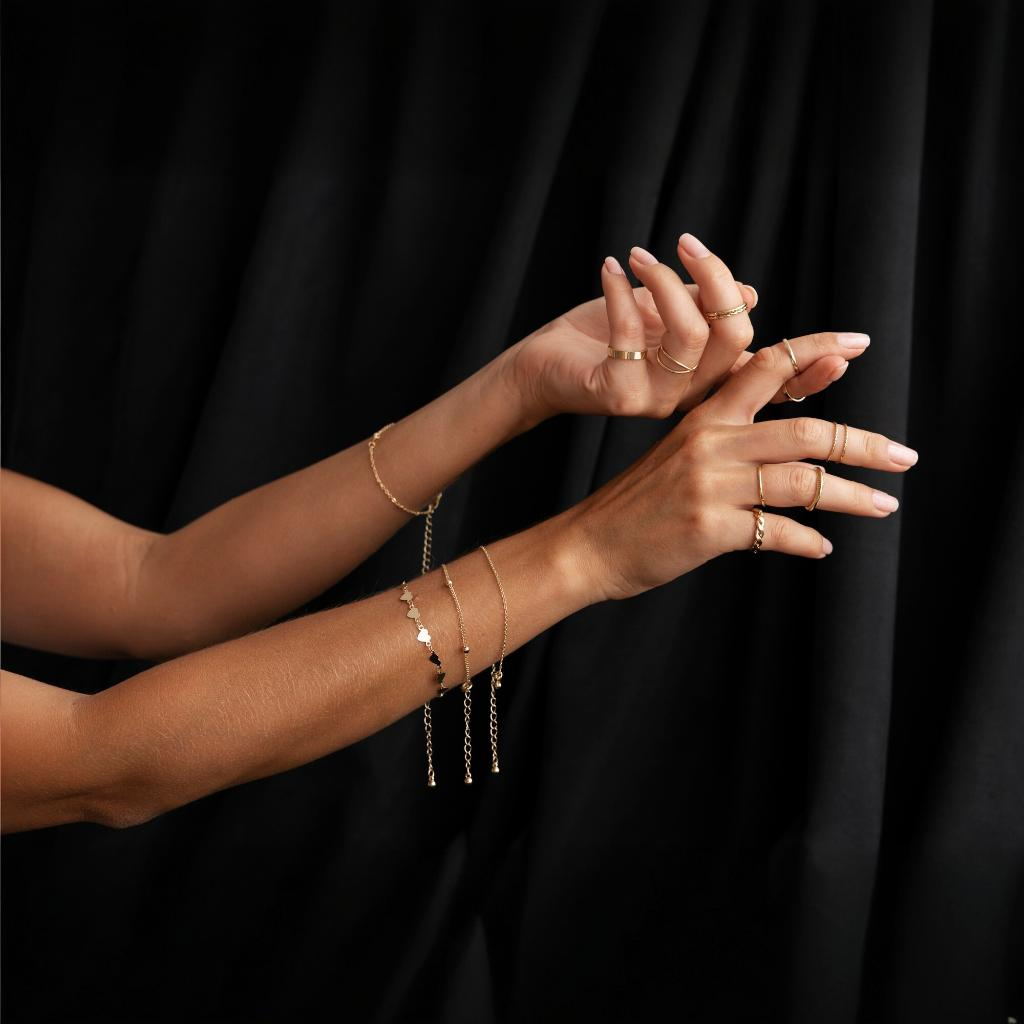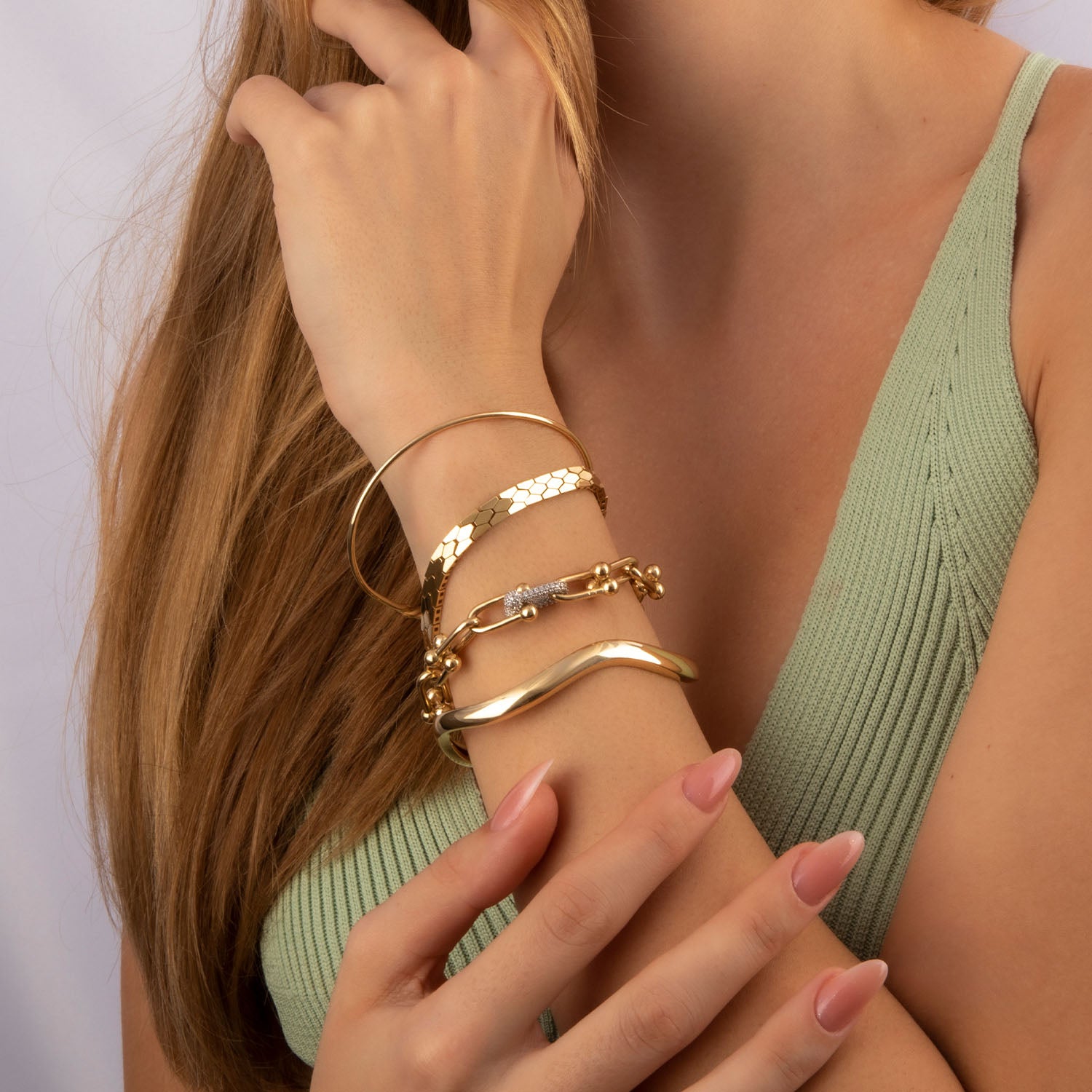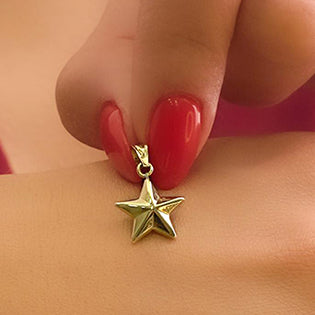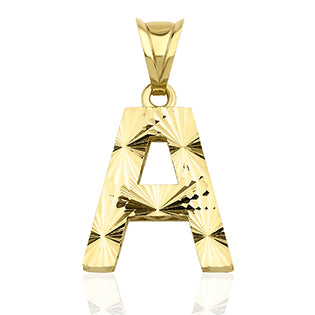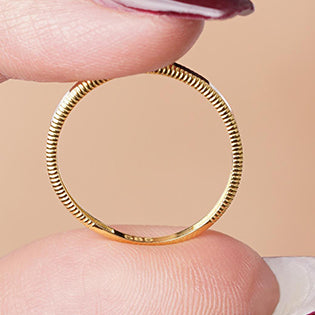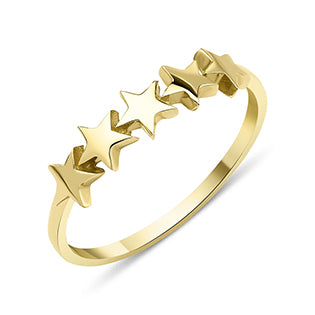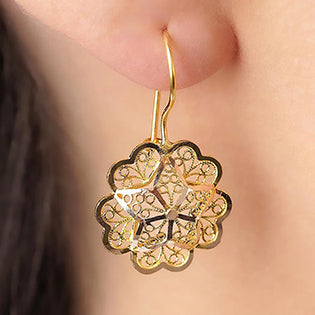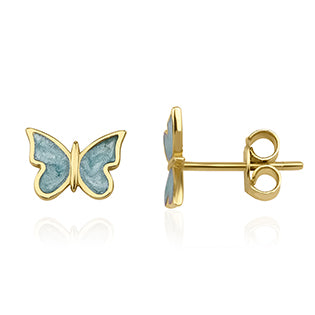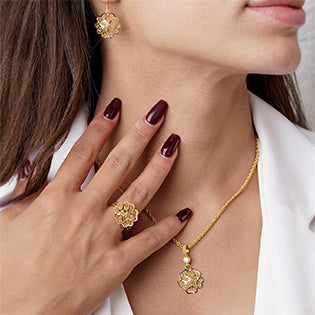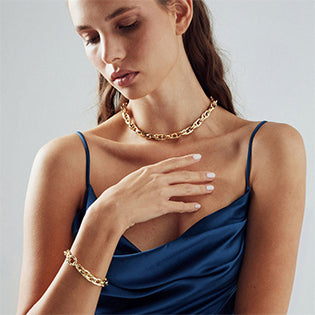
What is the Best Karat for Everyday Gold Jewelry?
Introduction
Gold jewelry shines as a timeless accessory in the US, blending elegance with personal expression. Yet, choosing the right karat for daily wear involves balancing purity, durability, and comfort. This 1500-word guide explores what "karat" means, why it matters for everyday use, and which option suits rings, necklaces, or bracelets best as of August 2025.
What Does “Karat” Mean in Gold Jewelry?
Karat (K) measures gold purity, indicating the proportion of pure gold in a piece relative to 24 parts. Pure gold is 24K, meaning 100% gold, while lower karats mix gold with metals like copper or silver for strength. Here’s the breakdown:
-
24K: 100% gold, the purest form, offering maximum luster but minimal resilience.
-
22K: 91.7% gold, blending 22 parts gold with 2 parts other metals, favored for its rich hue.
-
18K: 75% gold, combining 18 parts gold with 6 parts alloys, striking a balance between purity and toughness.
-
14K: 58.3% gold, with 14 parts gold and 10 parts alloys, widely used for its durability.
-
10K: 41.7% gold, the lowest karat for fine jewelry in the US, prioritizing strength over gold content.
This gradation affects both appearance and wearability, shaping choices for daily adornment.
Why Karat Matters for Everyday Wear
Durability tops the list for daily wear. Pure gold (24K) scratches easily due to its softness, measured at 2.5-3 on the Mohs scale, making it prone to dents from routine tasks. Lower karats, with added alloys, harden the metal, resisting wear better. Scratch resistance grows from 24K to 10K, with 14K and 18K offering a practical middle ground.
Skin sensitivity also plays a role. Alloys in lower karats, especially nickel or copper, can trigger reactions in sensitive individuals. Higher karats reduce this risk but compromise longevity under constant use, a key consideration for Americans juggling work and leisure.
Comparing Common Karats for Daily Use
24K Gold – Pure but Soft and Not Ideal for Daily Wear
At 100% gold, 24K dazzles with its deep yellow tone but scores low on practicality. Its softness invites scratches and bends, rendering it unsuitable for rings or bracelets exposed to knocks. Best reserved for investment bars or occasional display pieces.
22K Gold – Great for Traditional Jewelry but Still Soft
With 91.7% gold, 22K appeals in cultural contexts like Indian or Middle Eastern designs, offering a warm glow. However, its relative softness (around 3.5 Mohs) limits daily use, as it warps under pressure, making it better for ceremonial wear than everyday tasks.
18K Gold – A Popular Balance of Purity and Durability
At 75% gold, 18K strikes a sweet spot. Its hardness (around 4-5 Mohs) handles daily wear well, resisting scratches while retaining a luxurious look. Popular in Europe and among US luxury buyers, it suits those wanting elegance without frequent repairs.
14K Gold – Most Durable and Budget-Friendly for Daily Wear
With 58.3% gold, 14K offers robust durability (5-6 Mohs) and affordability. Its pale yellow or white variants adapt to modern styles, making it a go-to for American consumers seeking longevity on a budget. Ideal for active lifestyles.
10K Gold – Strongest, but Lower Gold Content
At 41.7% gold, 10K maximizes strength (6-7 Mohs) with significant alloy content. Its muted color and lower purity appeal to cost-conscious buyers, but the higher alloy ratio increases allergy risks, limiting its appeal for sensitive skin.
Best Karat by Jewelry Type
Rings & Bracelets – Prone to Knocks and Scratches
These items face constant impact. 14K or 10K withstands bumps better, with 14K offering a brighter finish. Avoid 24K or 22K here, as their softness leads to quick damage.
Necklaces & Earrings – Less Contact, More Flexibility with Karat Choice
With minimal friction, 18K or 22K shines for necklaces and earrings, showcasing gold’s natural beauty. Even 24K works for earrings if worn sparingly, though 14K remains a safe, durable pick for daily use.
Regional Preferences for Daily Gold Wear
Preferences vary globally. In Asia and the Middle East, 22K dominates for its cultural significance and rich color, often used in wedding jewelry. Europe leans toward 18K for its refined balance, while North America favors 14K for practicality and cost, reflecting a pragmatic approach to everyday wear in 2025.
Allergies & Skin Sensitivity: Which Karat Is Safest?
Lower karats (10K, 14K) contain more alloys, with nickel in some white gold formulations causing redness or itching in 10-20% of Americans with metal allergies. 18K and 22K, with higher gold content, reduce this risk, while 24K eliminates it entirely. For sensitive skin, opt for 18K or higher, and request nickel-free alloys from jewelers.
Cost vs. Value: What’s Worth It in the Long Run?
Price rises with karat. In August 2025, with gold at $2,500 per ounce, 1 gram of 24K costs about $80, while 18K drops to $60, 14K to $47, and 10K to $33, before craftsmanship adds premiums. Higher karats offer better resale value due to gold content, but 14K’s durability cuts repair costs, enhancing long-term value. For daily wear, 14K often proves most cost-effective, balancing initial outlay with lifespan.
Final Verdict: Which Karat Is Best for Everyday Jewelry?
For US buyers, 14K emerges as the top choice for daily wear, offering durability, affordability, and wide availability. Its resistance to wear suits rings and bracelets, while its lower allergy risk (with proper alloy selection) caters to sensitive skin. 18K follows for those prioritizing purity and style, ideal for necklaces or earrings with less exposure. Prioritize durability for active use, purity for aesthetic value, and consult jewelers for custom alloys to match skin tolerance and budget. This approach ensures jewelry endures daily life while retaining worth.


